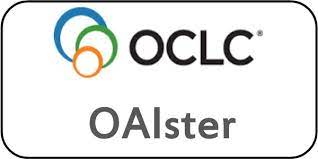Hepatic Granulomas: A Clinician’s Perspective
DOI:
https://doi.org/10.59793/ijcp.v35i1.1031Keywords:
Hepatic granulomas,, transformed epithelioid histiocytes,, multinucleated giant cells, cell-mediated immunity,, antigenic stimuliAbstract
Hepatic granulomas are focal aggregates of transformed epithelioid histiocytes with or without multinucleated giant cells that are
cuffed by lymphocytes and plasma cells. They represent delayed-type specialized cell-mediated immunity to a wide-spectrum
of antigenic stimuli. Hepatic granulomas are found in up to 10% of liver biopsies and the causes are usually multifactorial.
Different antigens like infectious agent, medication, foreign body and malignancy can initiate granuloma formation. Hepatic
granulomas per se seldom cause architectural changes and often provide a clue to a systemic disease. Most often, to a practicing
clinician, it is a combination of clinical presentation, laboratory parameters with information on the typical localization and
characterization of the granuloma within the liver by the pathologist that often provides a clue to a definitive diagnosis.
Published
Issue
Section
License
All open access articles published in IJCP are distributed under the terms of the CC BY-NC 4.0 license (Creative Commons Attribution-Non-Commercial 4.0 International Public License). This license permits unrestricted use, distribution, and reproduction of the articles in any medium for non-commercial purposes, provided that: The original authorship is properly and fully attributed. The IJCP is cited as the original place of publication with correct citation details. If an original work is reproduced or disseminated in part or as a derivative work, this must be clearly indicated. No articles are reproduced for commercial use without prior consent from the IJCP. All licensing requests and permissions for commercial use will be managed by the Publisher.














